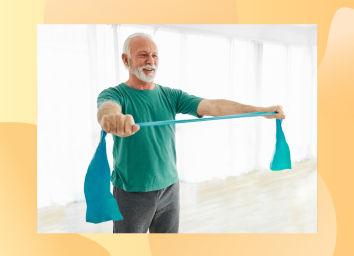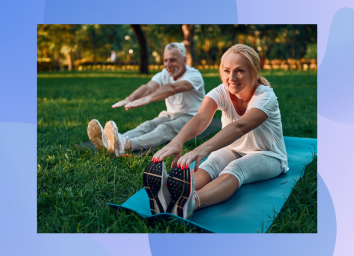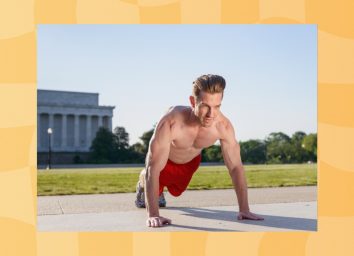The #1 Best Exercise for Relieving Back Pain, Trainer Says
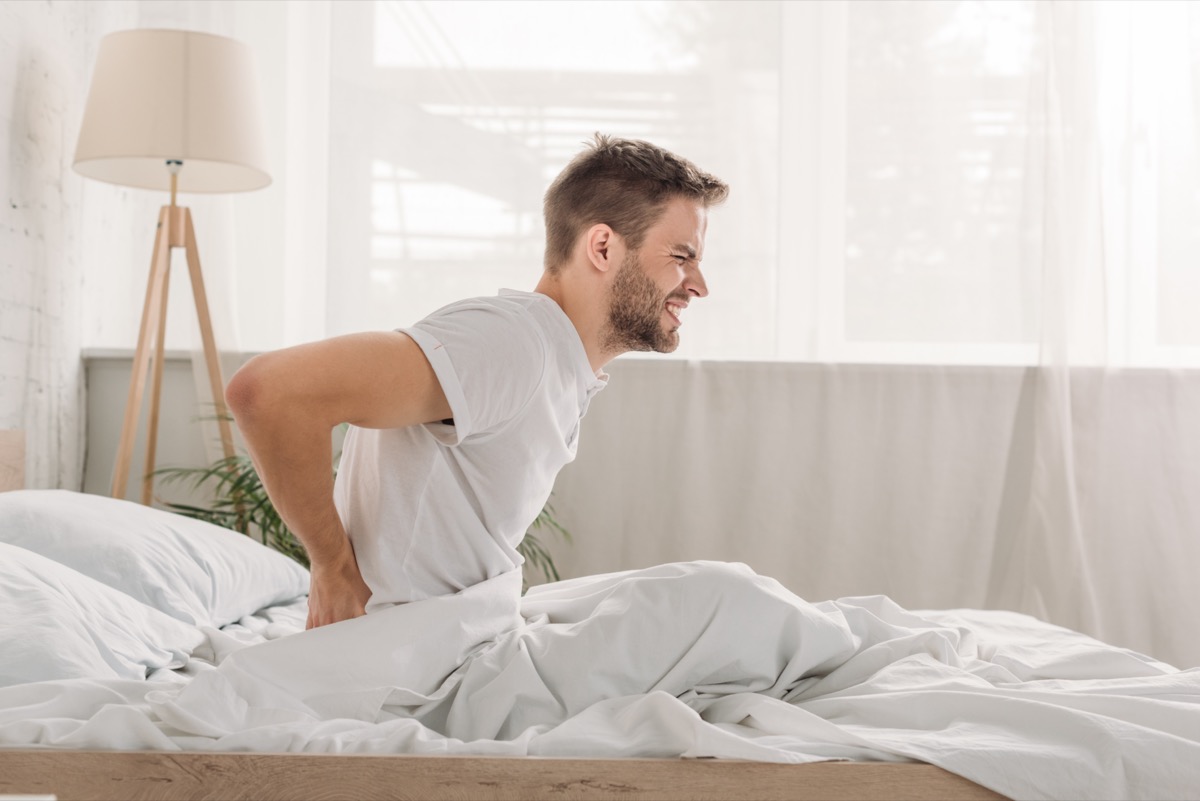
Lower back pain is something that plagues many people of various ages. And while there are many different causes of lower back pain, the most common one I see among my clients is due to the fact that they have tight hip flexors combined with a weak core and glutes.
This issue usually stems from our modern lifestyle: Sitting all day with a hunched posture can cause you to underutilize your core and glutes while putting stress on your hips. (This may sound counter-intuitive, but some muscles get tight because other areas are weak, and for the body to protect itself, it will stiffen up as a safety mechanism.) Another possibility is that, if you have lower back pain, you may have an anterior pelvic tilt, meaning your lower back (aka spinal erectors) have to overcompensate. Combine this with not working out regularly or neglecting your postural and core muscles, and you've got a recipe for back pain.
One remedy everyone thinks will help is stretching. And yes, stretching out your hips, glutes, and hamstrings can give you some short-term relief. But if you're looking for a long-term fix, you'll still need to strengthen your core and glutes and learn how to hip hinge properly in order to remedy your back pain for good.
An exercise that has helped my clients achieve this is the banded bodyweight hip thrust. Keep reading to find out how to perform this move and why it helps alleviate back pain so well. And for more, check out these 4 Exercise Tricks for Slimming Down After 50.
The banded bodyweight hip thrust
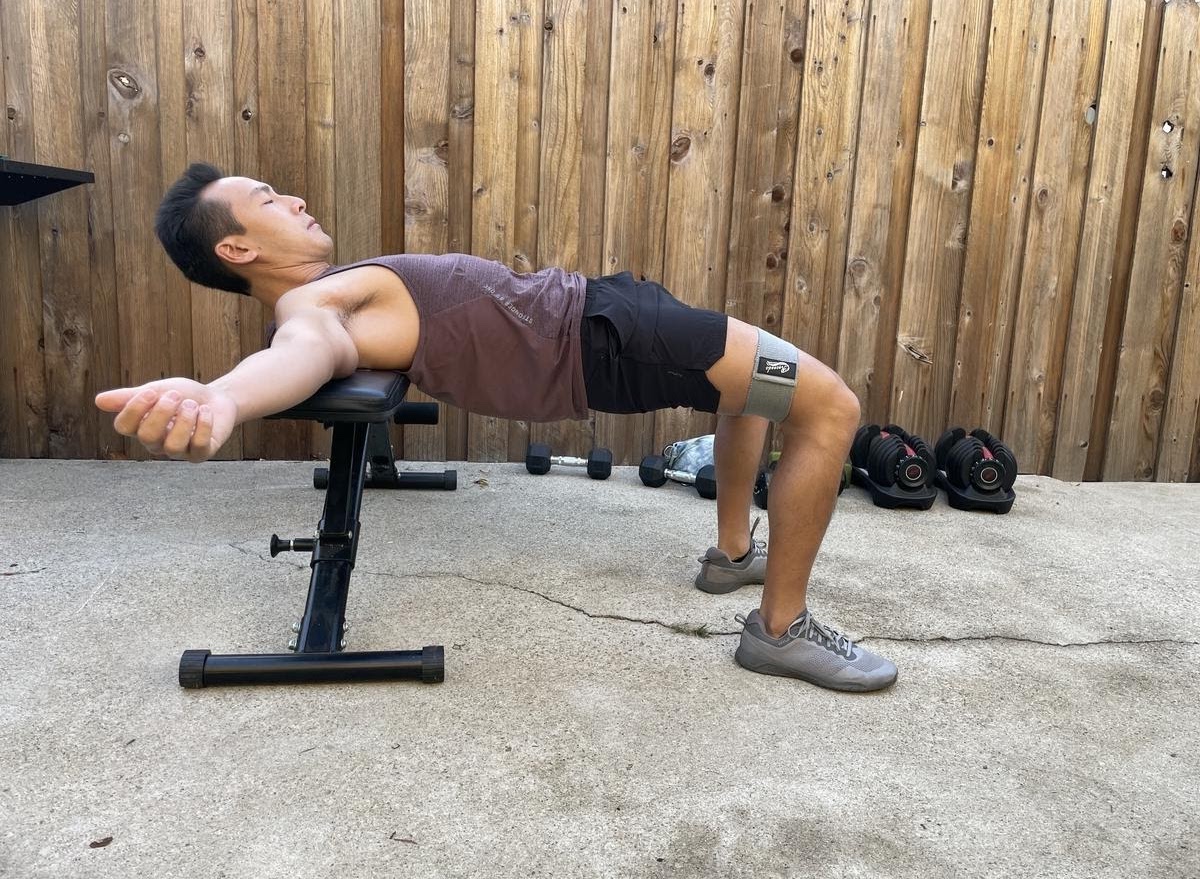
Start by wrapping a loop resistance band around your legs and place it above your knees. Position your upper back on a bench or sturdy surface and place your feet in front of you, shoulder-width apart.
Keeping your core tight and chin tucked, push through your heels and extend your hips up toward the ceiling while pushing your knees out. Squeeze your glutes as hard as you can at the top for at least 2 seconds, then lower yourself back down to starting position before performing another rep. Aim for 3-5 sets of 10-15 reps.
Now, here are a few reasons why the banded hip thrust is great for lower back pain…
Related: Sign up for our newsletter for the latest health and fitness news!
It Strengthens Your Glutes

Because the banded bodyweight hip thrust involves hip extension, it will work your glutes directly. Most people don't do any exercises that target their glutes, so this move can help build and strengthen that area in a low-impact way.
Related: The Best 11-Minute Exercise to Fight Fat
It Teaches You How to Hip Hinge
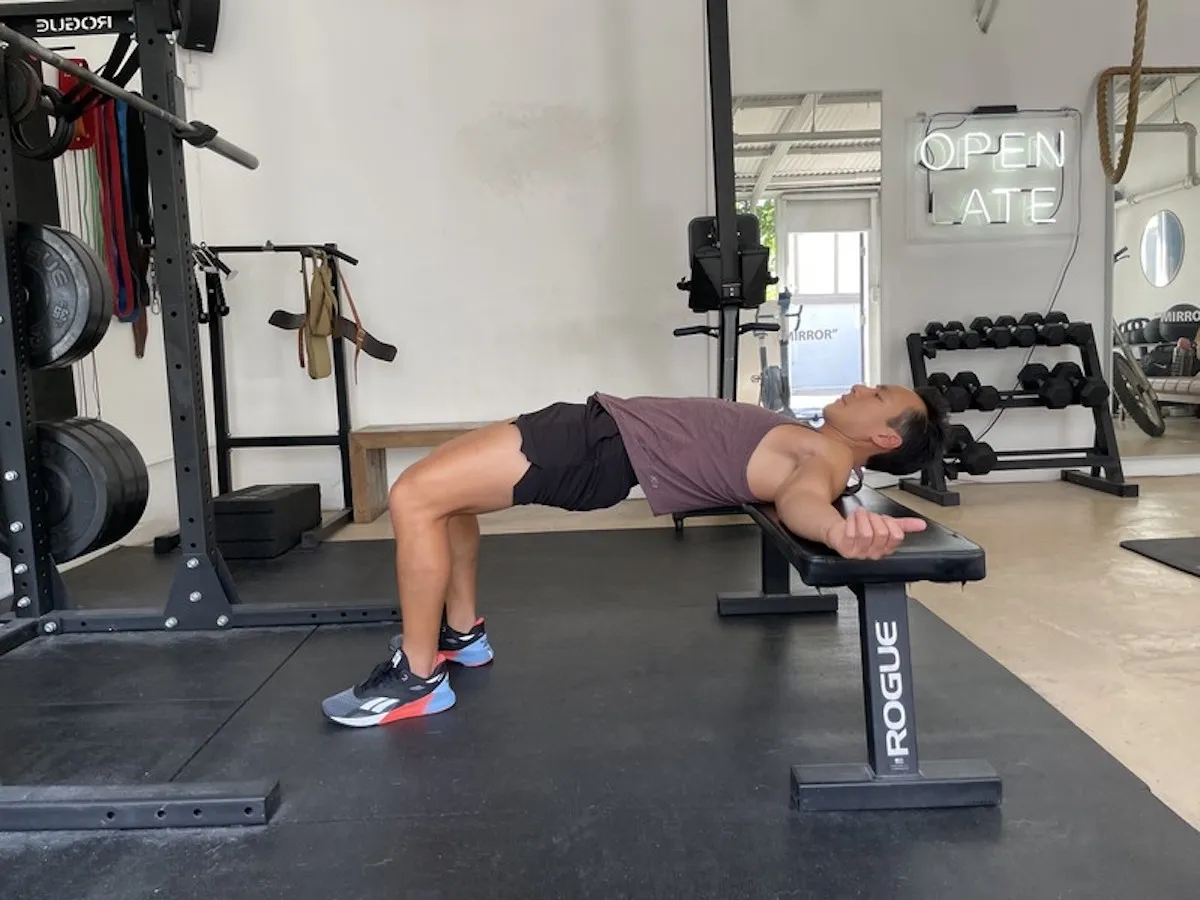
Many people tend to only perform squats for their lower body exercises—failing to incorporate deadlifts or any other hip-hinging patterns. For this reason, it's great to add the banded bodyweight hip thrust into your workout routine. It also takes a while to build the coordination to hip hinge, so this exercise can teach you that movement.
Related: This 15-Minute Workout Can Add Years to Your Life, Trainer Says
It Also Forces You To Engage Your Core

Besides strengthening your glutes, you also need to build and use your core in order to fight back pain. The banded bodyweight hip thrust forces you to keep your core tight and engaged… because if you don't, you'll end up incorrectly using your lower back.
Besides some stretching, relieving back pain involves strengthening your core and glutes while also relieving your hips from the impacts of sitting all day. Incorporate this exercise into your routine and you'll notice an improvement!
For more, check out This 5-Move At-Home Workout That Can Help You Build Strength.
